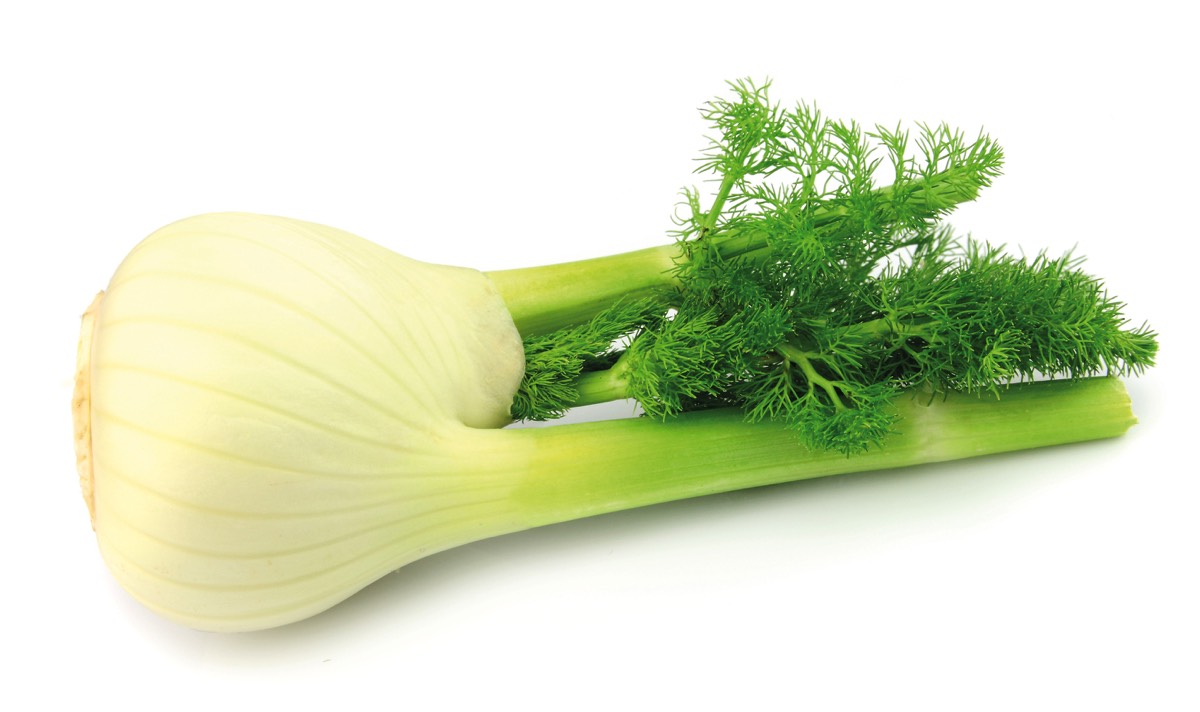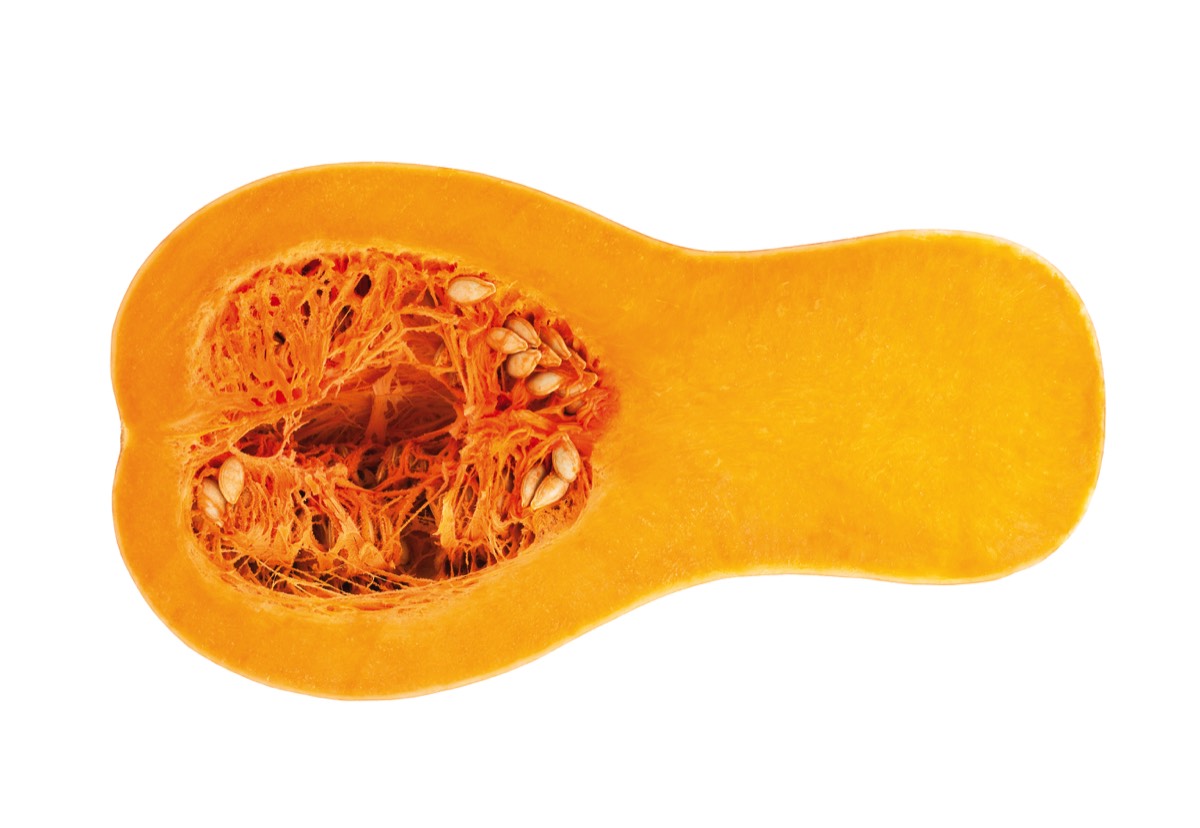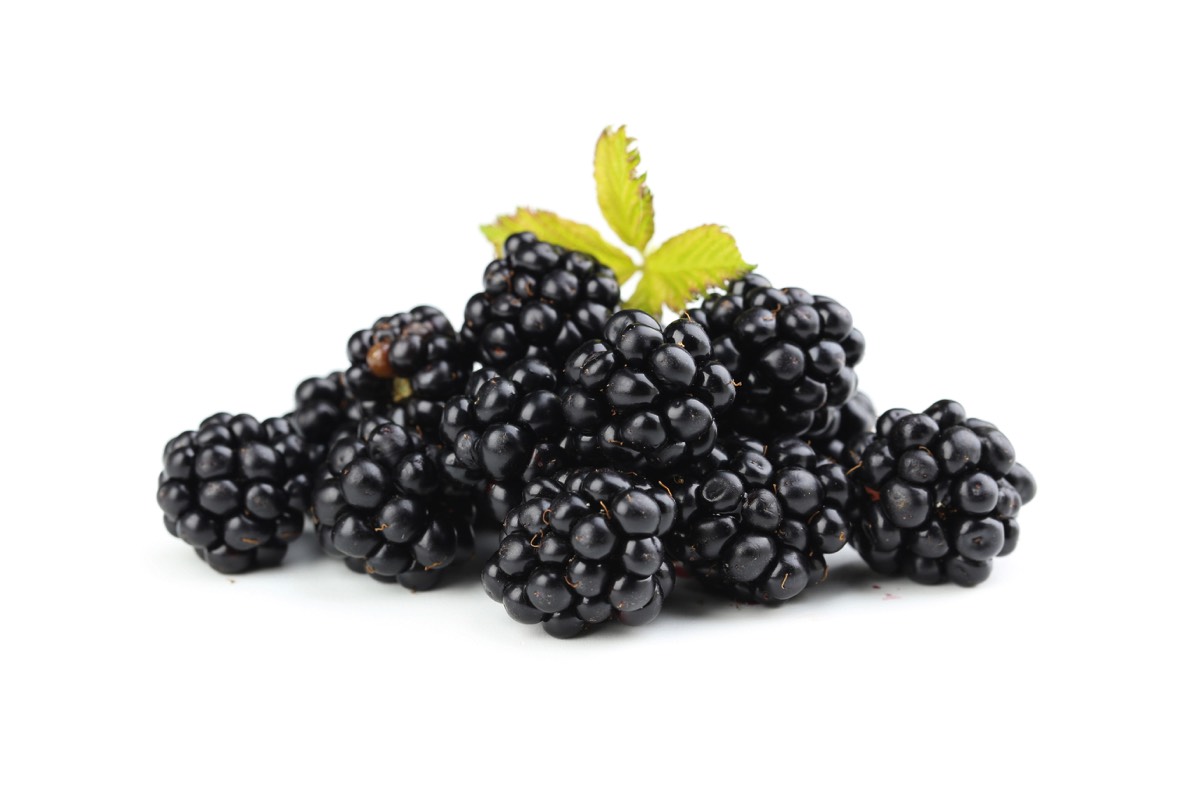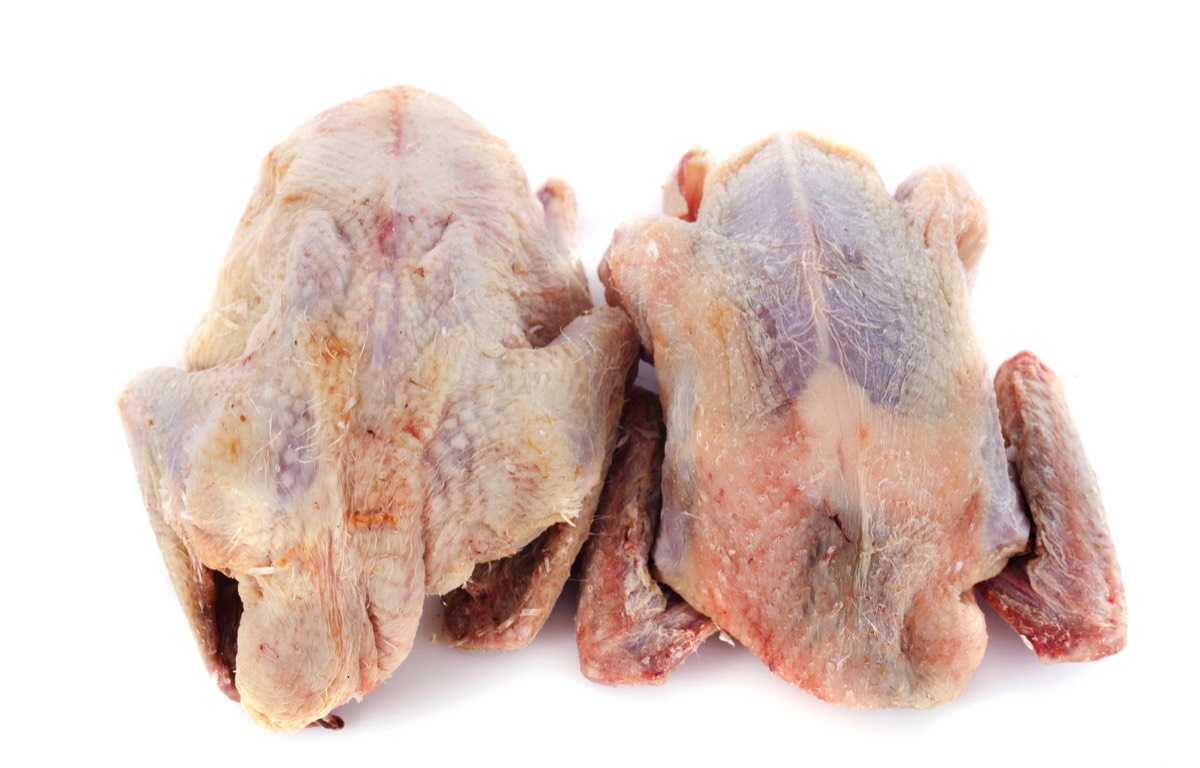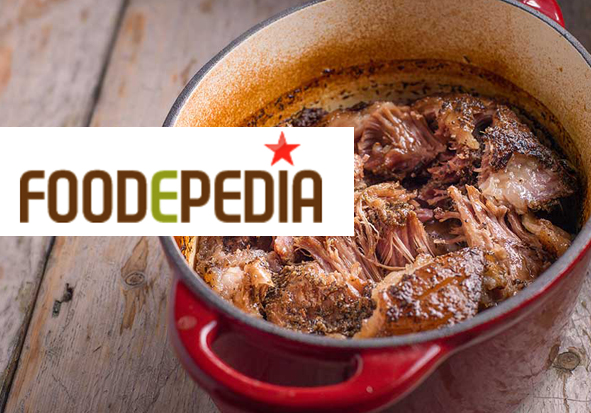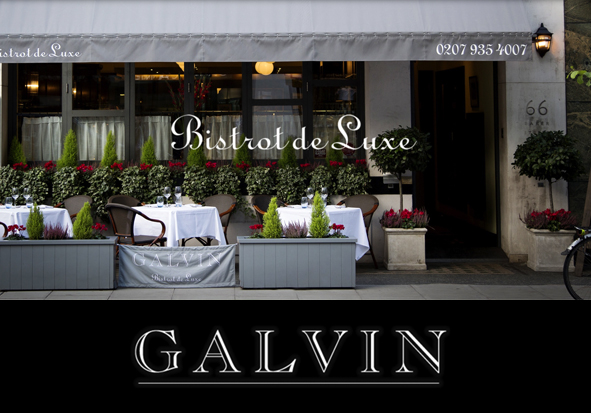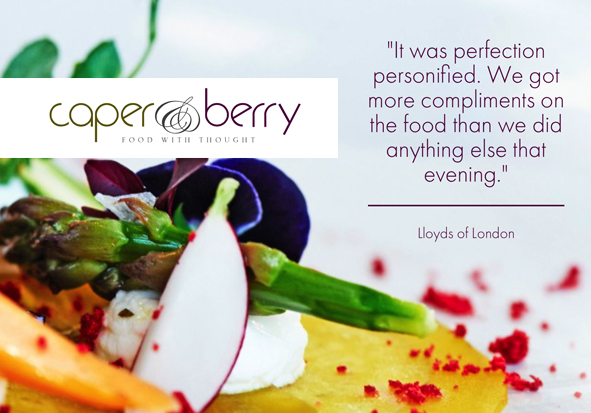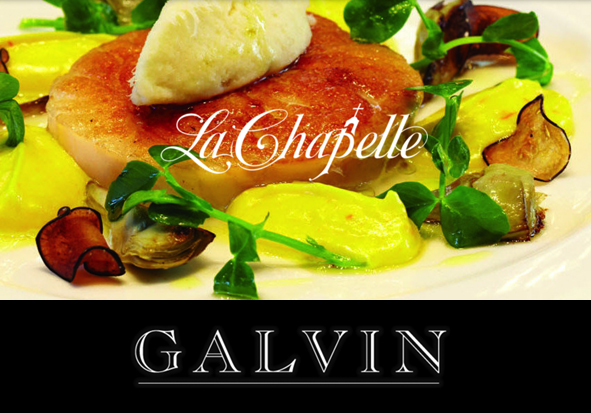FOOD
Surrey’s Premier Lifestyle Magazine
At their best... RIGHT NOW
Crates Local Produce is located centrally within the historic market town of Horsham and bursts with fresh, seasonal food sourced directly from local producers. For more details see www.crateslocal.co.uk. Follow on Twitter @crateslocal or Facebook page Crates Local.
LOADING
Florence (or Bulb) fennel
Widely cultivated throughout the world, fennel is of the same family as carrots and parsley, boasts medicinal uses, another ancient remedy for snake bites and one of the main ingredients of Absinthe. However, it is mainly the strong flavoured leaves, flowers and seeds of the herb with these benefits, whilst the bulb fennel we use as a vegetable is a far more modest affair and definitely more subtle.The vegetable still has the same aniseed flavour similar to the herb, so makes a lovely contrast to any salad, but also works very well boiled, steamed and especially roasted. The crisp bulb adds texture as well as taste and works well with other strong flavours such as game. Choose firm, white bulbs and trim off the green tops before preparing.
Image © Margo555 | Dreamstime.com
Butternut squash
Far from just an ingredient for soup, this hourglass shaped orange gourd is actually far more versatile. Full of fibre, low in fat, but rich in antioxidants, it also has a lovely buttery texture with a nutty flavour, hence its name. Whilst butternuts certainly make a filling and satisfying soup, this vegetable (although technically a fruit as it contains seeds) is as delicious baked as it is, added to casseroles, curries and adds wonders to a risotto.Big, heavy with a tough skin, but none of this should put you off. Accessing the sweet inside is easier than it looks with the help of a vegetable peeler, or just roast it with the skin on and scoop out as required. As with all gourds, the middle is full of seeds so just discard. If peeling, slice through the bottom first to form a stable base and peel away until reaching the rich flesh. Like many squashes, the butternut has a very long shelf life contained in its own packaging and so can be stored out of the fridge.
Image © Draftmode | Dreamstime.com
Blackberries
Our ancient ancestors were certainly not wrong in harvesting wild blackberries as they would have provided an important source of vitamins, fibre and even Omega 3 which is contained in the seeds of the fruit. One of the many myths that surround these black beauties is that they should not be eaten after Michaelmas Day as the result of St. Michael casting Satan out of Heaven and him landing on a blackberry bush. Satan either spat on the fruits or stamped on the bush depending on what part of the British Isles you are from! Blackberries have also been hailed as a cure for ulcers or snake venom.Whilst blackberries are grown commercially, there are few things more pleasurable than foraging these fruits along hedgerows from the end of August (right until Michaelmas Day on 29 September). Choose a rural walk away from busy, exhaust-fume roads and foragers will soon come across an abundance of brambles laden with fruit. They are delicious just as they are, in a pudding, make some of the best jams and freeze really well.
Image © Ian Andreiev | Dreamstime.com
Partridge
This is one of the first birds available during the game season and today the most prevalent variety available from game merchants is the red-legged or French Partridge. Originating from southern Europe, this bird is larger than our native grey and is known to roost at night in fruit trees which is thought to have inspired the first line in the Twelve Days of Christmas song.All partridge are better hung for a few days and many game traders now offer plucked and fully prepared birds making it a really easy buy to just throw in the oven.
Although the red-legged partridge is milder than the grey, it still has plenty more flavour than chicken, but does not overwhelm with a strong game taste. It is leaner and more interesting too and far from expensive.
Image © Cynoclub | Dreamstime.com
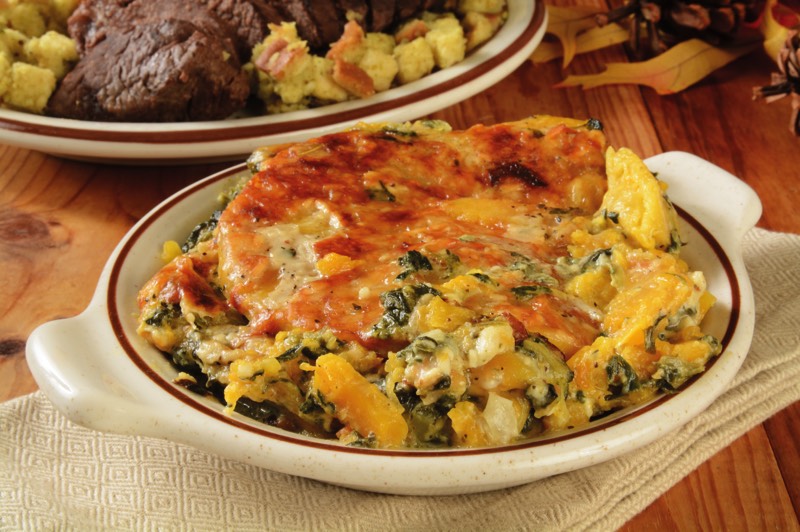
Butternut squash and spinach gratin
www.crateslocal.co.ukServes four to six
Ingredients:
Two large butternut squashes
350g fresh spinach
250ml double cream
One small onion
Three cloves garlic
Five tablespoons butter
200g hard cheese such as Parmesan or local Twineham Grange
Seasoning to include salt, pepper and quarter teaspoon grated nutmeg
Method:
• Pre-heat oven to 200°C/gas mark 6 and lightly butter a shallow baking dish.
• Cook the spinach for just four minutes in boiling water, drain thoroughly, rinse in cold water and chop coarsely to then set aside.
• Prepare the squash by cutting off the neck section, peel this and carefully cut into slices of around half centimetre thick.
• Finely chop the onion and garlic and cook in melted butter until soft (keep a couple of tablespoons of butter aside). Add in the spinach, seasoning and cream, stirring all in well.
• Start to layer ingredients into the dish, starting with the sliced squash and then the spinach and onion mix. Continue to layer, aiming for a total of five layers finishing with a layer of squash.
Top this with grated cheese and small knobs of butter.
• Cover with foil and bake for around 30 minutes or until bubbling. Remove the foil and bake for a further five to ten minutes until browned.
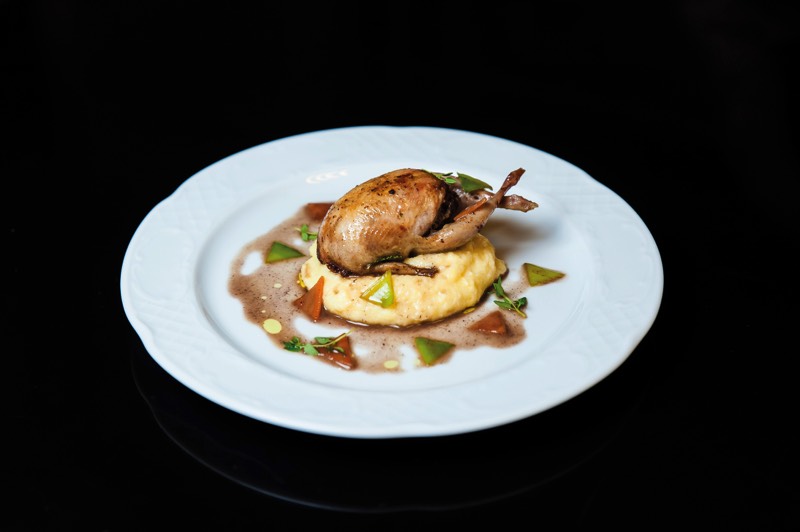
Roast partridge with fennel mashed potato
www.crateslocal.co.ukServes two
Ingredients:
Two partridges
Two sprigs fresh thyme
Six juniper berries (optional)
Two tablespoons butter
Two tablespoons oil – rapeseed or olive
Four slices streaky bacon or pancetta to cover the breasts (or use foil)
For the mash:
500g potatoes (good all rounders or baking)
One small bulb fennel or half a large one
100ml milk or milk and sour cream combined
Two tablespoons butter
Salt to taste
Method:
• Pre-heat oven to 200°C/gas mark 6.
• Divide the thyme and juniper berries between the two birds putting into the cavities and season with salt and pepper if required. Tie up the legs with string.
• Soften the butter and cover the birds with this together with oil, placing the bacon, pancetta or foil over the breasts.
• Roast in a suitable roasting tin or dish for around 30 minutes or until the juices run clear.
• While the partridges are roasting, trim the green tops from the fennel bulb and slice the main body into thin strips. Place these
in a saucepan, cover with half the milk over a medium heat and bring to the boil. Cover and simmer until the fennel is tender.
Blend this until smooth.
• Peel and cut potatoes into even pieces, boil and simmer for around 20 minutes or until just soft. Drain well and mash the potatoes, add in the fennel purée, the remaining milk and salt if required. Heat together and serve hot with the roast partridge.
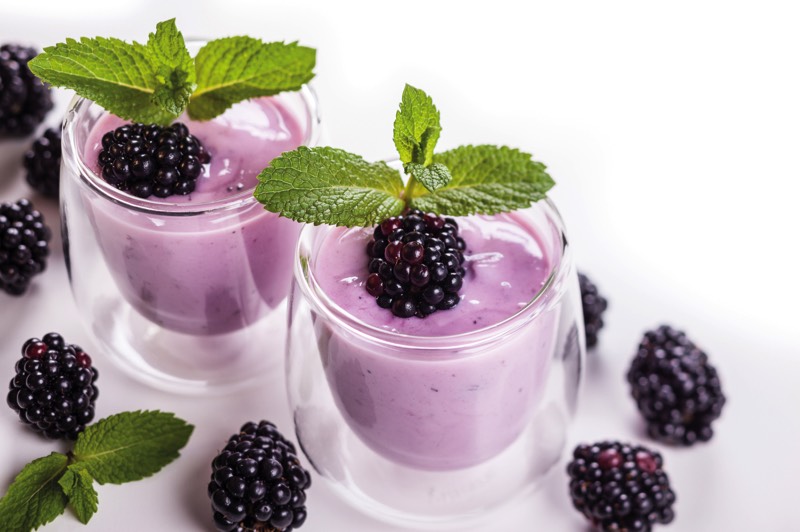
Autumn fruit custard
www.crateslocal.co.ukServes four
Ingredients:
250g blackberries, raspberries or mix with blackcurrants
200ml cold custard
200ml double cream
Two teaspoons runny honey (local & raw if possible)
Mint leaves to dress
Method:
• Prepare the custard, either by making your own or use a good quality custard straight from a carton. Leave to cool fully and refrigerate for at least 30 minutes.
• Blend together the berries and honey, leaving some fruits aside to use whole to dress before serving. Once blended, sieve the mixture to remove the many pips.
• Whip up the custard with the double cream until it becomes just firm and stir in the fruit and honey mix. Taste and add more honey if required.
• Serve in individual dishes and top with whole fruits and
mint leaves.
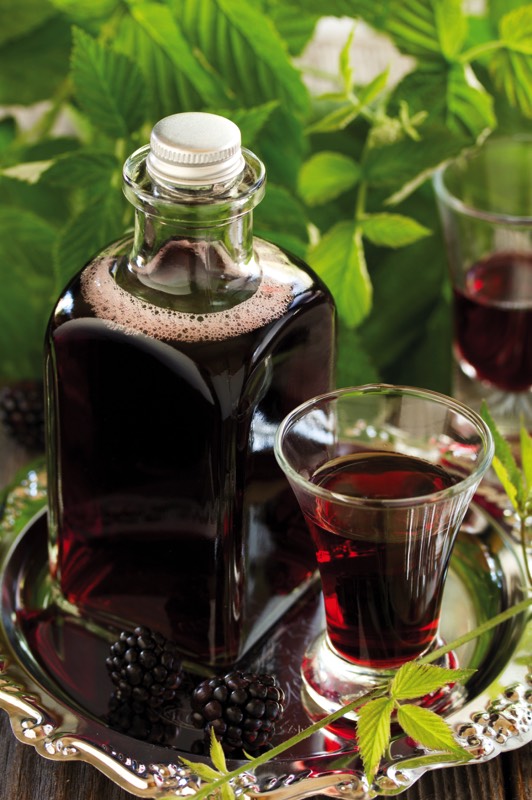
Blackberry and vanilla vodka
www.crateslocal.co.ukIngredients:
500ml vodka (does not have to be premium)
500g fresh blackberries
100g caster sugar
Three vanilla pods
Method:
• A variation on the various homemade gins that work so well during the seasonal holidays, but now is the time to start this one off, so firstly simply wash the blackberries.
• Sterilise an airtight, wide-necked bottle or Kilner jar. This is easily done in a dishwasher on the hottest setting after rinsing thoroughly. Alternatively, wash the bottle or jar and place in an oven on a sheet of baking paper on one of the oven shelves, heating the oven to just 140°C/gas mark 1 for 15-20 minutes.
• Once sterilised, it’s all downhill; just fill the bottle with all the ingredients, splitting the vanilla pods lengthways, seal the bottle and shake a few times to mix.
• Place in a cool, dark cupboard, shake a few times each day for around a week and then just once a week. Leave for a minimum of three months to fully infuse.
• Strain through some muslin and present in a suitable bottle.
essence info
Crates Local Produce, 24a Carfax, Horsham, West Sussex RH12 1EBTelephone: 01403 256435
Websites: www.crateslocal.co.uk
